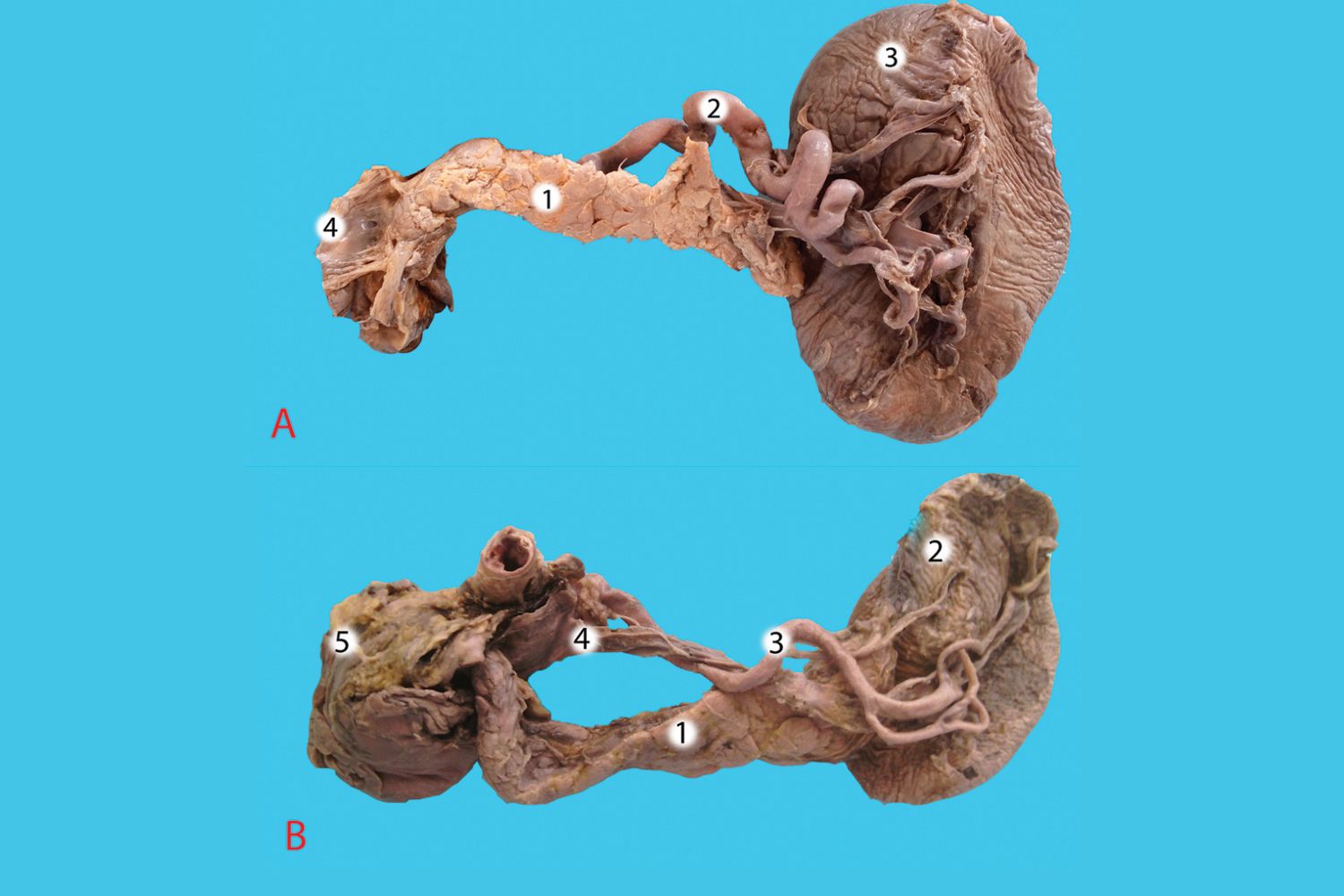
Splenic agenesis is a rare condition where a person is born without a spleen. This small organ, located in the upper left part of the abdomen, plays a crucial role in filtering blood and fighting infections. Without it, individuals may face increased risks of infections and other health issues. Understanding this condition can help in managing its effects and improving quality of life. In this post, we'll explore 25 facts about splenic agenesis to shed light on its causes, symptoms, and treatments. Whether you're a medical student, a curious reader, or someone affected by this condition, these facts will provide valuable insights.
Key Takeaways:
- Living without a spleen can make you more prone to infections. Vaccinations and healthy habits are crucial for managing splenic agenesis and staying healthy.
- Ongoing research aims to improve treatment options for splenic agenesis, including stem cell therapies and better vaccines. Stay hopeful for future advancements in managing this rare condition.
What is Splenic Agenesis?
Splenic agenesis is a rare condition where a person is born without a spleen. This organ plays a crucial role in the body's immune system. Here are some intriguing facts about this condition.
-
Rare Occurrence: Splenic agenesis is extremely rare, occurring in about 1 in 5,000 to 1 in 10,000 live births.
-
Congenital Disorder: It is a congenital disorder, meaning it is present at birth.
-
Immune System Impact: Without a spleen, individuals are more susceptible to infections because the spleen helps filter bacteria and other pathogens from the blood.
Causes and Diagnosis
Understanding the causes and how splenic agenesis is diagnosed can provide insight into this condition.
-
Genetic Factors: Genetic mutations can lead to splenic agenesis, often associated with other congenital anomalies.
-
Ultrasound Detection: Prenatal ultrasounds can sometimes detect the absence of a spleen before birth.
-
Associated Syndromes: It is often linked with other syndromes like Ivemark syndrome, which involves multiple organ abnormalities.
Symptoms and Complications
People with splenic agenesis may experience various symptoms and complications due to the absence of this vital organ.
-
Increased Infections: Individuals are at higher risk for bacterial infections, especially from encapsulated organisms like Streptococcus pneumoniae.
-
Vaccination Importance: Vaccinations against certain bacteria are crucial for those with splenic agenesis to prevent severe infections.
-
Sepsis Risk: There is an increased risk of sepsis, a life-threatening response to infection.
Treatment and Management
Managing splenic agenesis involves several strategies to minimize health risks.
-
Prophylactic Antibiotics: Long-term antibiotics may be prescribed to prevent infections.
-
Regular Medical Check-ups: Frequent medical check-ups are essential to monitor health and catch infections early.
-
Emergency Plan: Patients should have an emergency plan in place for quick treatment if an infection occurs.
Living with Splenic Agenesis
Living with this condition requires lifestyle adjustments and awareness.
-
Medical Alert Identification: Wearing a medical alert bracelet can inform healthcare providers of the condition in emergencies.
-
Healthy Lifestyle: Maintaining a healthy lifestyle, including a balanced diet and regular exercise, can help boost the immune system.
-
Education and Awareness: Educating family and friends about the condition can provide a supportive environment.
Research and Future Directions
Ongoing research aims to improve understanding and treatment of splenic agenesis.
-
Stem Cell Research: Scientists are exploring stem cell therapies to potentially regenerate spleen tissue.
-
Genetic Studies: Genetic research may uncover more about the causes and potential treatments for splenic agenesis.
-
Improved Vaccines: Development of more effective vaccines could offer better protection for those without a spleen.
Historical Context
The history of splenic agenesis provides context for how medical understanding has evolved.
-
First Descriptions: The condition was first described in medical literature in the early 20th century.
-
Advancements in Imaging: Advances in imaging technology have improved the ability to diagnose splenic agenesis.
-
Surgical Techniques: Improved surgical techniques have enhanced the management of associated congenital anomalies.
Psychological and Social Aspects
The psychological and social aspects of living with splenic agenesis are also important to consider.
-
Mental Health Support: Access to mental health support can help individuals cope with the stress of managing a chronic condition.
-
Support Groups: Joining support groups can provide a sense of community and shared experiences.
-
Educational Resources: Access to educational resources can empower patients and families with knowledge about the condition.
Notable Cases
Some notable cases of splenic agenesis have brought attention to this rare condition.
- Celebrity Awareness: Public figures sharing their experiences with splenic agenesis can raise awareness and promote understanding.
Final Thoughts on Splenic Agenesis
Splenic agenesis, though rare, carries significant health implications. Understanding its symptoms, causes, and treatments can help manage this condition better. Early diagnosis is crucial for effective treatment and preventing complications. Regular check-ups and staying informed about the latest medical advancements are essential for those affected.
While splenic agenesis presents challenges, advancements in medical science offer hope. With proper care and attention, individuals can lead fulfilling lives. Remember, knowledge is power. Staying educated about your health empowers you to make informed decisions.
Thanks for joining us on this journey through the facts about splenic agenesis. We hope you found this information helpful and enlightening. Stay curious, stay informed, and take charge of your health.
Frequently Asked Questions
Was this page helpful?
Our commitment to delivering trustworthy and engaging content is at the heart of what we do. Each fact on our site is contributed by real users like you, bringing a wealth of diverse insights and information. To ensure the highest standards of accuracy and reliability, our dedicated editors meticulously review each submission. This process guarantees that the facts we share are not only fascinating but also credible. Trust in our commitment to quality and authenticity as you explore and learn with us.
